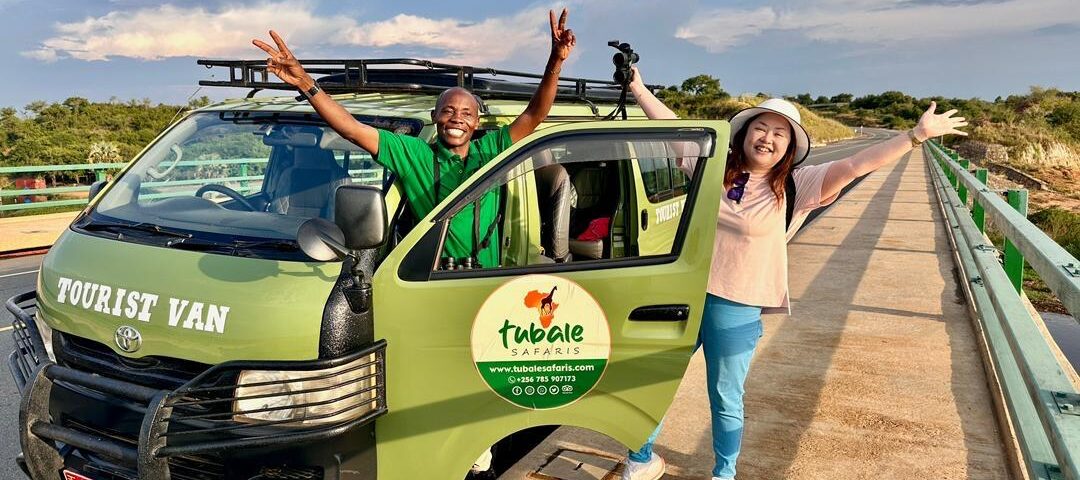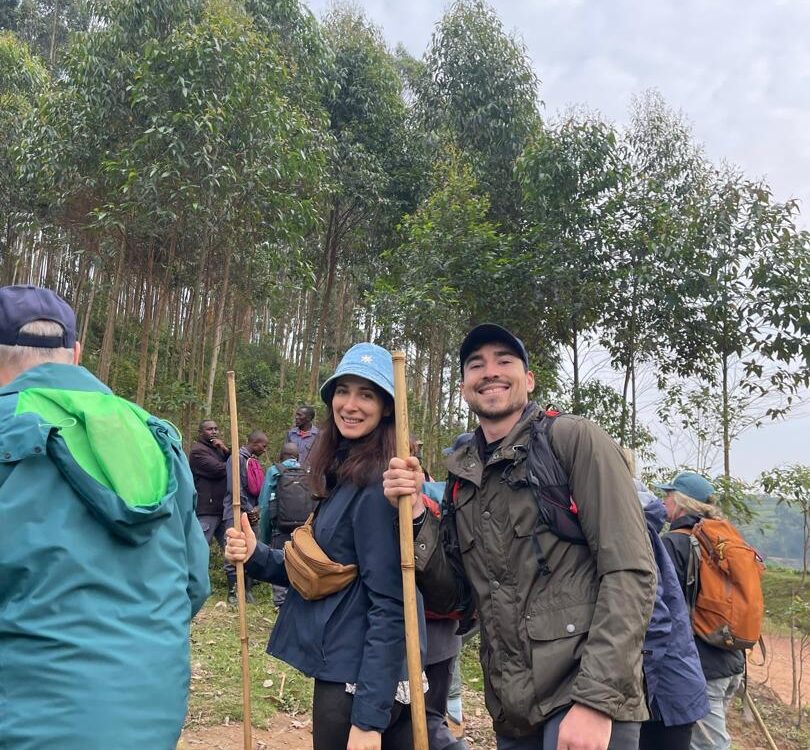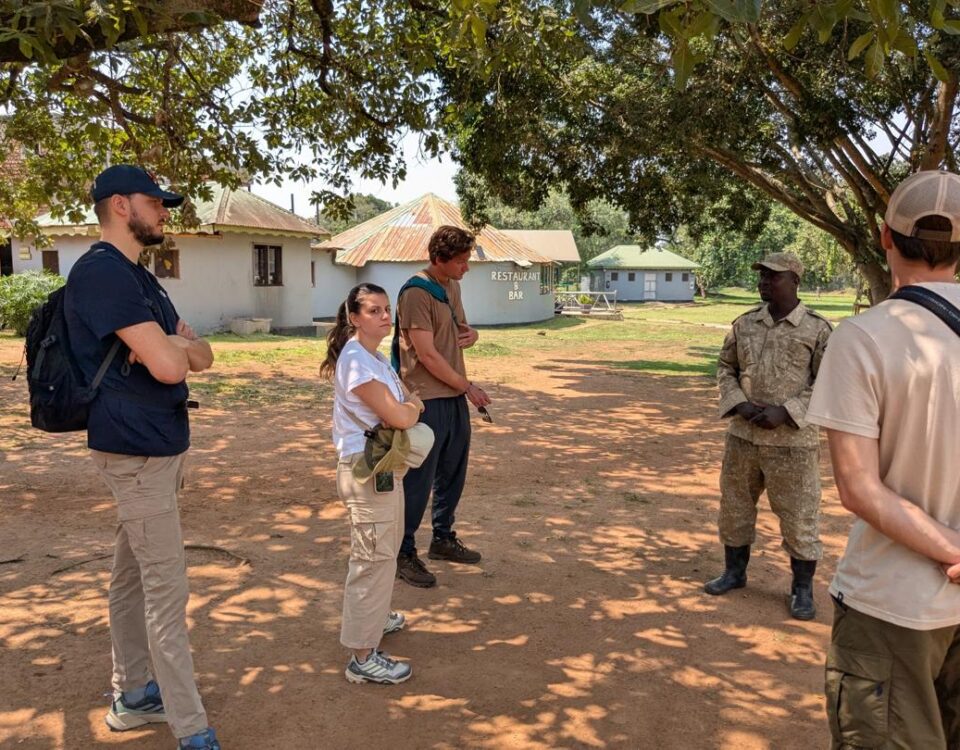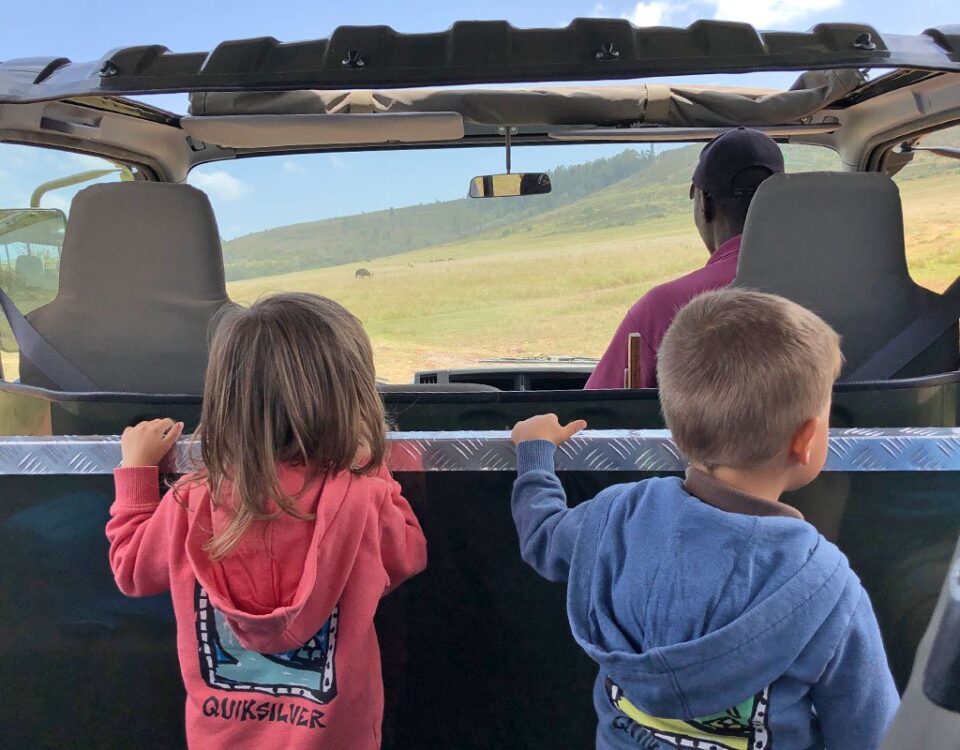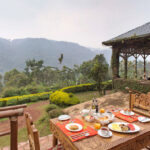
Do Lodges Offer Packed Lunches for Trekkers?
May 2, 2025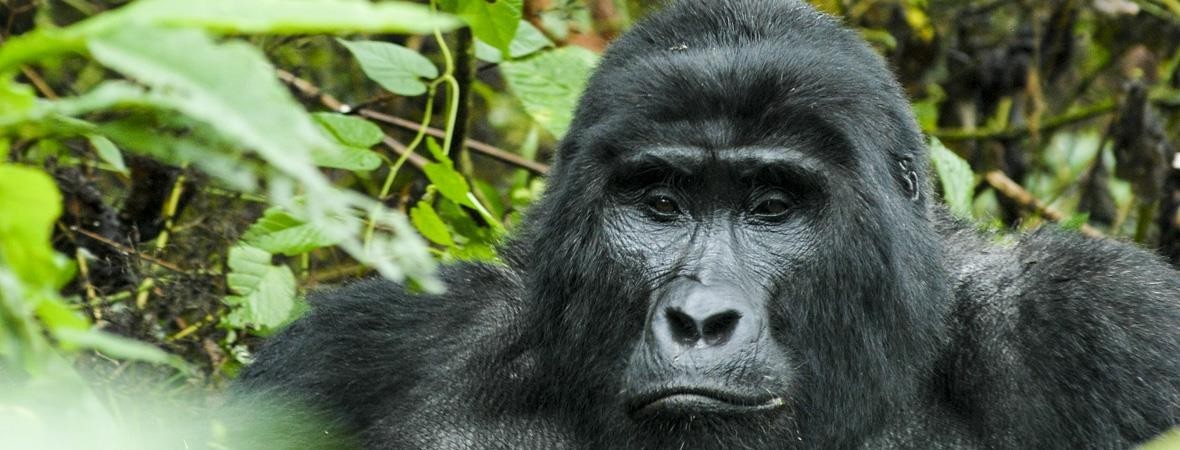
How Do I Travel to Bwindi Impenetrable Forest from Kampala or Entebbe?
May 2, 2025How Are the Uganda Mountain Gorillas Protected?
How Are the Uganda Mountain Gorillas Protected? In the heart of East Africa lies one of the world’s most incredible wildlife conservation success stories—the protection of Uganda’s mountain gorillas. These magnificent primates, known for their intelligence, social structure, and human-like behaviors, are among the most endangered species on the planet. Found mainly in Bwindi Impenetrable National Park and Mgahinga Gorilla National Park, Uganda’s mountain gorillas have seen steady population growth in recent years, thanks to tireless conservation initiatives and responsible tourism.
So, how are the Uganda mountain gorillas protected? This question is central to anyone interested in Gorilla Trekking, Uganda safaris, or those wishing to understand the delicate balance between tourism, community development, and wildlife conservation. Through a network of community-led initiatives, international partnerships, law enforcement, habituation programs, and ecological research, Uganda continues to set the bar for great ape protection.
This article by Tubale Safaris takes a deep dive into the various strategies used to ensure the survival of these gentle giants. You’ll also discover how Gorilla Trekking in Uganda plays a vital role in conservation, how it’s possible to combine it with Chimpanzee Tracking, wildlife safaris, and cultural experiences, and why the question—how are the Uganda mountain gorillas protected?—is more important today than ever.
Community Involvement: Empowering Locals as Frontline Defenders of Mountain Gorillas
Local Communities and Gorilla Protection: A Shared Responsibility
To fully answer the question—how are the Uganda mountain gorillas protected?—we must first recognize the critical role played by local communities surrounding gorilla habitats. One of Uganda’s most innovative conservation approaches has been to integrate community development with gorilla protection efforts. In both Bwindi and Mgahinga, adjacent communities benefit directly from the revenue generated through Gorilla Trekking Uganda permits.
20% of the permit fees are channeled back into community projects such as schools, health clinics, clean water systems, and road improvements. This revenue-sharing initiative gives locals a strong incentive to support and safeguard gorillas and their forest habitats. It transforms conservation from a top-down initiative into a collaborative endeavor.
Moreover, many community members are employed as porters, guides, cultural performers, and conservation educators, further reducing the need for poaching or illegal logging. Cultural experiences such as the Batwa Community Walk or the Buniga Forest Trail allow tourists to engage with traditional forest dwellers and understand the intricate relationship between people and wildlife in Uganda.
So when we ask, how are the Uganda mountain gorillas protected?, the answer begins with empowering communities as stewards of conservation. This inclusive approach benefits both people and wildlife, making Uganda a model destination for eco-tourism, Gorilla Trekking, and sustainable wildlife safari adventures.
Habituation and Research: Scientific Approaches to Gorilla Conservation
Gorilla Habituation Programs and Their Role in Protection
Another vital component in answering how are the Uganda mountain gorillas protected? lies in the habituation process. This is a slow and carefully monitored program where wild gorillas are gradually accustomed to the presence of humans. Conducted by expert researchers and trackers, the goal is to make gorilla groups comfortable with tourist visits without disrupting their natural behaviors.
Bwindi Impenetrable Forest is home to both fully habituated and semi-habituated families, offering not only regular Gorilla Trekking experiences but also the unique Gorilla Habituation Experience (GHE)—a four-hour immersive encounter with a group still undergoing the habituation process. This experience not only provides tourists with deeper insights but also financially supports research and protection efforts.
These programs enable conservationists to track health, monitor population growth, and understand behavioral changes. Gorillas that are habituated can be more easily treated if injured, and their movements can be mapped to prevent human-wildlife conflicts.
When choosing Gorilla Trekking in Uganda, travelers are not only signing up for a thrilling encounter with one of nature’s marvels—they are directly contributing to a body of research that underpins long-term survival strategies for these endangered apes.
Thus, in every sense, habituation and research answer the question, how are the Uganda mountain gorillas protected?, by ensuring each interaction is guided by knowledge, care, and conservation ethics.
Law Enforcement and Anti-Poaching Measures: Protecting Gorillas on the Ground
Conservation Rangers: The Silent Heroes of the Forest
When it comes to safeguarding gorillas against poaching, illegal logging, and habitat encroachment, Uganda has deployed a network of highly trained conservation rangers and wildlife law enforcement officers. These rangers patrol gorilla habitats daily, using GPS systems, camera traps, and drone technology to monitor movements and deter criminal activity.
The Uganda Wildlife Authority (UWA) has implemented a zero-tolerance policy toward poaching and encroachment in protected gorilla zones. Poachers are prosecuted under strict wildlife laws, and offenders face heavy fines or imprisonment. In recent years, gorilla conservation has been strengthened through partnerships with international conservation NGOs such as the International Gorilla Conservation Programme (IGCP) and Wildlife Conservation Society (WCS).
Rangers also remove snares, conduct rescues, and intervene in cases of human-wildlife conflict. Their presence alone often prevents illegal activity, making them a frontline defense in the ongoing mission to protect Uganda’s mountain gorillas.
So, when travelers ask—how are the Uganda mountain gorillas protected?—the answer includes the relentless efforts of these unsung heroes. Tourists participating in Gorilla Trekking, Uganda safaris, or Rwanda safaris can rest assured that their visit is underpinned by a robust system designed to preserve nature and enhance their safety.
By supporting a tour with Tubale Safaris, you also support the dedicated individuals on the ground who risk their lives to ensure that the forests remain a haven for gorillas.
Tourism and Conservation: How Gorilla Trekking Uganda Supports Protection
Sustainable Tourism as a Tool for Gorilla Survival
The tourism sector is one of the strongest pillars in gorilla conservation. With a permit to do Gorilla Trekking in Uganda currently priced at USD 800, a significant portion of that fee is reinvested into gorilla protection, habitat management, and community outreach programs.
This tourism model ensures that every trekker becomes part of the solution. By choosing a reputable operator like Tubale Safaris, visitors are contributing to a wider conservation mission. These funds support veterinary interventions, ranger salaries, anti-poaching patrols, and education programs across conservation landscapes.
Gorilla Trekking Rwanda, which costs USD 1500 per permit, operates under similar principles, and the high cost acts as a buffer to ensure that only responsible tourism is practiced. This controlled system helps minimize human impact while maximizing conservation value.
Additionally, combining Gorilla Trekking Uganda with Chimpanzee Tracking in Kibale Forest, game drives in Queen Elizabeth National Park, or a cultural visit to the Batwa communities offers a well-rounded safari experience that diversifies revenue streams and reduces over-dependence on any single park.
To those asking—how are the Uganda mountain gorillas protected?—the answer lies in every responsible tourist who ventures into their forests, bringing with them economic support that keeps these animals safe and their habitats thriving.
Integrating Gorilla Trekking with Culture, Chimpanzees, and Wildlife Safaris
Create a Multi-Faceted Experience While Supporting Conservation
Gorilla protection is not a standalone activity; it thrives in synergy with other wildlife and cultural experiences that together build a resilient tourism ecosystem. When you combine Uganda Gorilla Trekking with Chimpanzee Tracking in Budongo or Kalinzu, you enrich your journey while spreading the conservation benefits across multiple regions.
Game drives in Murchison Falls, Lake Mburo, or Kidepo Valley introduce you to Uganda’s big game—lions, elephants, giraffes, and more—all protected under similar frameworks that ensure long-term wildlife sustainability.
Adding cultural dimensions such as visiting the Batwa, participating in traditional dances, or exploring local artisan cooperatives deepens your appreciation of how human traditions and conservation coexist in Uganda.
So, how are the Uganda mountain gorillas protected? They are safeguarded through a holistic tourism strategy that celebrates not just the gorillas, but the broader natural and cultural heritage of the country.
With Tubale Safaris, you can tailor your journey to include multiple conservation zones, support diverse communities, and experience the best of East Africa—from Gorilla Trekking Rwanda to chimpanzees, savannah wildlife, and rich cultural immersion.
Conclusion: How Are the Uganda Mountain Gorillas Protected? A United Effort for a Thriving Future
In conclusion, how are the Uganda mountain gorillas protected? They are protected through a comprehensive network of community engagement, research, law enforcement, sustainable tourism, and international collaboration. Uganda has created a conservation model that not only preserves its biodiversity but also uplifts its people and enriches its tourism industry.
When you trek with Tubale Safaris, you’re not just observing mountain gorillas—you’re joining a global mission to protect them. You become part of the story that transforms endangered species into conservation success stories.
From the misty mountains of Bwindi to the vibrant cultures surrounding the parks, every element of your journey contributes to the ongoing survival of these majestic primates.
So next time someone asks, how are the Uganda mountain gorillas protected?, you’ll know the answer: they are protected by people—rangers, scientists, locals, and travelers like you.

